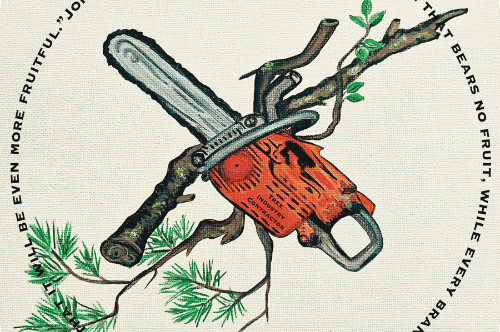

The Case Against Bradford Pear Trees: Why These Invasive Trees Should Be Avoided
Once celebrated for their fast growth and beautiful spring blossoms, Bradford pear trees (Pyrus calleryana) have become one of the most problematic and invasive tree species in the U.S. Originally introduced from Asia in the 1960s as an ornamental tree, their hidden downsides have since caused major environmental and ecological concerns.
1. Highly Invasive and Harmful to Native Plants
Bradford pears were once thought to be sterile, but they cross-pollinate with other pear varieties, creating highly invasive offspring. These new hybrid trees spread aggressively, crowding out native plants and reducing biodiversity. In many areas, they’ve taken over fields, roadsides, and forests, creating monocultures that disrupt local ecosystems.
2. Weak Structure & Short Lifespan
While Bradford pears grow quickly, they have a notoriously weak branch structure. Their limbs form at narrow angles, making them prone to splitting and breaking during storms or high winds. Homeowners often find themselves dealing with costly tree removal or property damage after just 15–25 years—far shorter than native alternatives like oaks or maples.
3. Unpleasant Odor
In spring, Bradford pears bloom with clusters of white flowers—but don’t be fooled by their beauty! The blossoms emit a strong, unpleasant smell, often compared to rotting fish or ammonia. This odor makes them less desirable for landscaping, especially in residential areas.
4. Attract Pests and Disease
As an invasive species, Bradford pears don’t have natural predators or controls, allowing them to spread unchecked. However, their weak genetic structure makes them susceptible to fire blight, pests, and fungal infections, which can quickly kill large populations and create dead, hazardous trees.
5. Legal Bans and Removal Efforts
Due to their invasive nature, several states and municipalities have banned or restricted the planting of Bradford pears. In states like South Carolina and Ohio, government initiatives even offer incentives to remove these trees and replace them with native species.
Better Alternatives to Plant
Instead of planting a Bradford pear, consider these native and non-invasive alternatives:
🌿 Serviceberry (Amelanchier spp.) – Beautiful spring flowers, edible berries, and vibrant fall foliage.
🌿 Eastern Redbud (Cercis canadensis) – Stunning pink blossoms and excellent wildlife habitat.
🌿 Flowering Dogwood (Cornus florida) – A classic native tree with white or pink blooms.
🌿 American Plum (Prunus americana) – A great choice for both beauty and supporting local pollinators.
Final Thoughts
While Bradford pears were once seen as an ideal ornamental tree, their environmental damage, weak structure, and foul smell make them a poor choice. If you’re considering planting new trees, choosing native species will support biodiversity, resist storm damage, and keep ecosystems healthy.
Do your part by avoiding, removing, and replacing Bradford pear trees with better alternatives that benefit both people and the planet!
